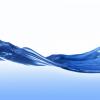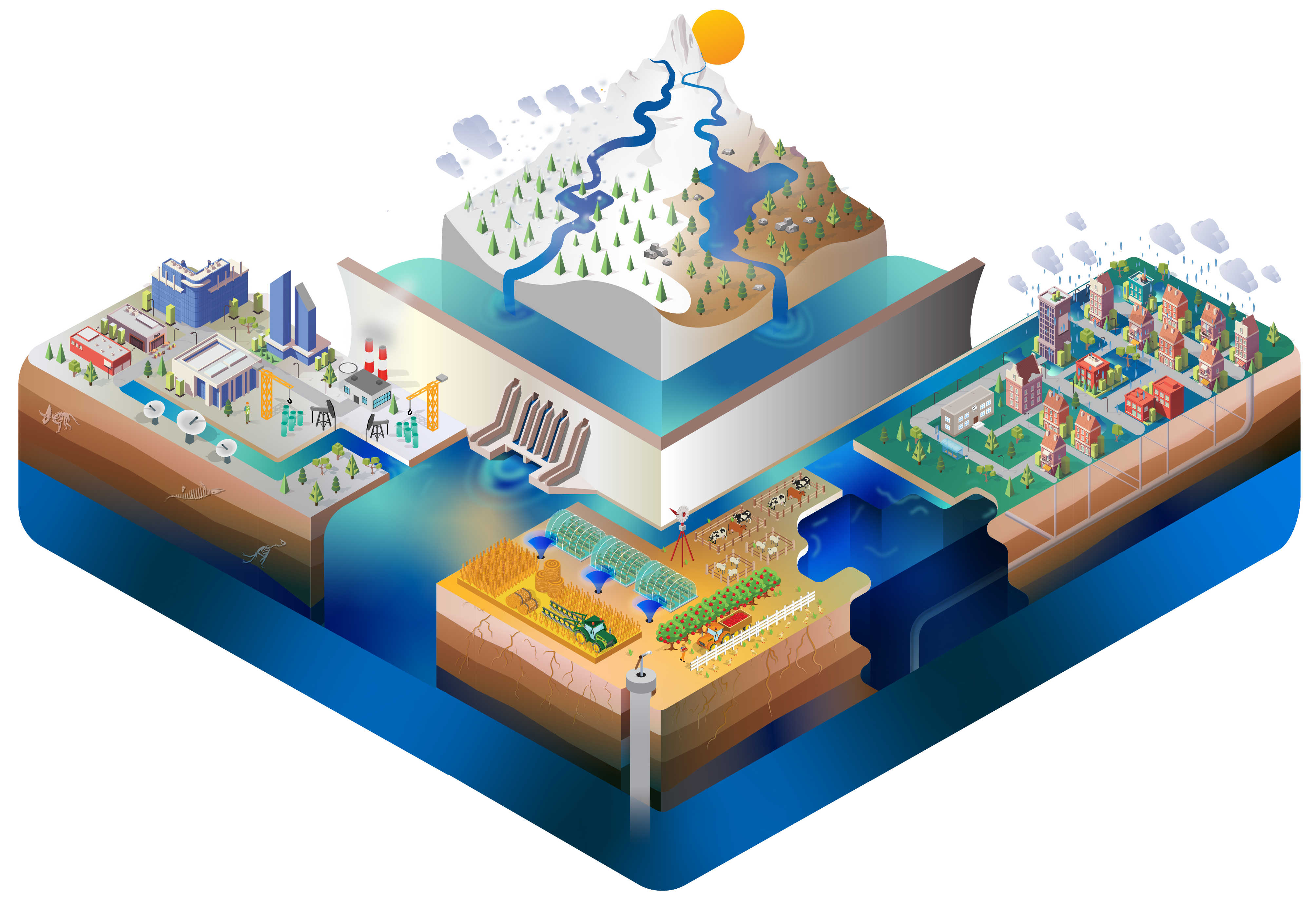
World Water Day, held annually on 22 March, celebrates water and raises awareness of the 2 billion people living without access to safe water. A core focus of World Water Day is to inspire action towards Sustainable Development Goal (SDG) 6: water and sanitation for all by 2030.
 © www.worldwaterday.org
© www.worldwaterday.org
IIASA Water Security Research Group (WAT) is involved in several regional and global activities and initiatives focused on providing scientific knowledge needed to address the quest for water security. The group helps bridge science-policy-practice gaps related to water management and identifies solutions options that will ensure sustainable water futures.
As per the UN Water, the theme of this year’s World Water Day 2022 is Groundwater – making the invisible visible. Groundwater is water found underground in aquifers, which are geological formations of rocks, sands and gravels that hold substantial quantities of water. Groundwater feeds springs, rivers, lakes and wetlands, and seeps into oceans. Groundwater is recharged mainly from rain and snow fall infiltrating the ground. Groundwater can be extracted to the surface by pumps and wells. Life would not be possible without groundwater. Most arid areas of the world depend entirely on groundwater. Groundwater supplies a large proportion of the water we use for drinking, sanitation, food production and industrial processes. Groundwater is also critically important to the healthy functioning of ecosystems, such as wetlands and rivers. Overexploitation of groundwater can lead to land instability and subsidence, and, in coastal regions, to sea water intrusion under the land.
Under the theme of groundwater, the key messages of the 2022 campaign are:
- Groundwater is invisible, but its impact is visible everywhere.
- Almost all of the liquid freshwater in the world is groundwater, supporting drinking water supplies, sanitation systems, farming, industry and ecosystems.
- What we do on the surface matters underground. We must only put harmless, biodegradable products on the soil and use water as efficiently as possible.
- Groundwater crosses borders. We must work together to manage transboundary groundwater resources.
- We cannot manage what we do not measure. Groundwater must be thoroughly explored, analyzed and monitored.
- Groundwater will play a critical role in adapting to climate change. We must protect and explore groundwater, balancing the needs of people and the planet.
Highlights of IIASA WAT Research and Activities
WAT has continually been active in water science since the institute's inception in 1972. The group develops models and uses scenario-based approaches to support policymakers with sound scientific data and tools for responding to current and future global water challenges.
Regional Water Security Initiative: Development of an Assessment and Preparation of Diagnostic Reports
WAT is leading a project funded by the World Bank to assess and benchmark current and future challenges around water security in the Europe and Central Asia (ECA) region. The project involves the development of an operational Methodological Framework to conduct country and regional Water Security Assessments and Benchmarking as well as to provide country specific recommendations using an Action Planning Tool.
Groundwater Solutions Initiative for Policy and Practice (GRIPP)
We are proud to announce that IIASA has joined GRIPP, a global partnership for sustainable groundwater management led by the International Water Management Institute to strengthen, expand, and connect current groundwater research and initiatives
Strengthening water resources planning in East Africa
IIASA researchers worked with local stakeholders from the East African Community to explore and co-develop regional water scenarios that can enhance understanding of the up- and downstream water sector interactions in the extended Lake Victoria Basin to facilitate rational water resource planning.
Cooperation needed for a Sustainable future in Transboundary River Basins
Can cooperation across sectors and countries help to achieve sustainable development? How do stakeholders in the Indus and Zambezi basins envision the future and how can they make that future a reality? IIASA researchers looked into these questions as part of a large-scale initiative with international partners. For this purpose in November 2016, IIASA partnered with the Global Environment Facility (GEF), and the United Nations Industrial Development Organization (UNIDO) to establish the Integrated Solutions for Water, Energy, and Land (ISWEL) project.
Policy Briefs
 © IIASA WAT
© IIASA WAT
IIASA WAT Modeling Activities
The Community Water Model (CWatM)
CWatM is an open source model that examines how future water demand will evolve in response to socioeconomic change and how water availability will change in response to climate. The model enables the assessment of water supply and human and environmental water demands at both global and regional levels and is the first step towards developing an integrated modeling framework that will be able to provide vital information to decision and policymakers.
Global Hydro-Economic Model (ECHO)
ECHO is a bottom-up system analysis framework that can be used to develop integrated, long-term planning strategies for the water system. It can be used to inform the design of cost-effective and sustainable water policy decisions and to address the impacts of future changing socioeconomic and climatic conditions on water systems.
IIASA WAT conducts water quality modeling for water availability and scarcity assessment, water-energy-land-environment nexus analysis, and identification of cost-effective solutions under long-term changes. The MARINA model is soft-linked to WAT CWatM and ECHO and is a model that is used to quantify current and future nutrient export to coastal waters for selected large river basins under different socio-economic development and climate change pathways.
Water Games: A joint initiative by IIASA and the Centre for Systems Solutions
With the growing population and environmental degradation, we are at a point where around 60% of people do not have access to sufficient and stable freshwater resources. How to address different water challenges? How to safeguard water resources for the benefit of our livelihood, culture, and environment?
Games and Simulations can provide exciting and insightful ways to raise awareness, develop empathy, and explore the opportunities and limitations of achieving clean and accessible water for all. IIASA and the Centre for Systems Solutions have been collecting and describing such water-related games and their applications on the Water Games website for several years.
Visit the Water Games page on the Games4Sustainability website to find tools to promote change towards sustainable behaviors. Join us to celebrate World Water Day 2022 and Sustainable Development Goal 6 to ensure clean water and sanitation for all.
Upcoming Events
Potsdam Institute for Climate Impact Research (PIK) & Online
German IIASA Networking Event: "Systems analysis for a sustainable and peaceful future"
Online and Austrian Academy of Sciences (Doktor-Ignaz-Seipel-Platz 2, Vienna)

